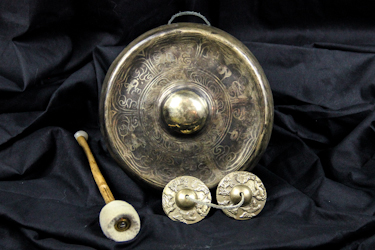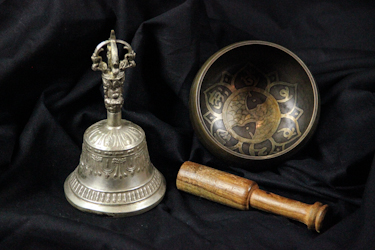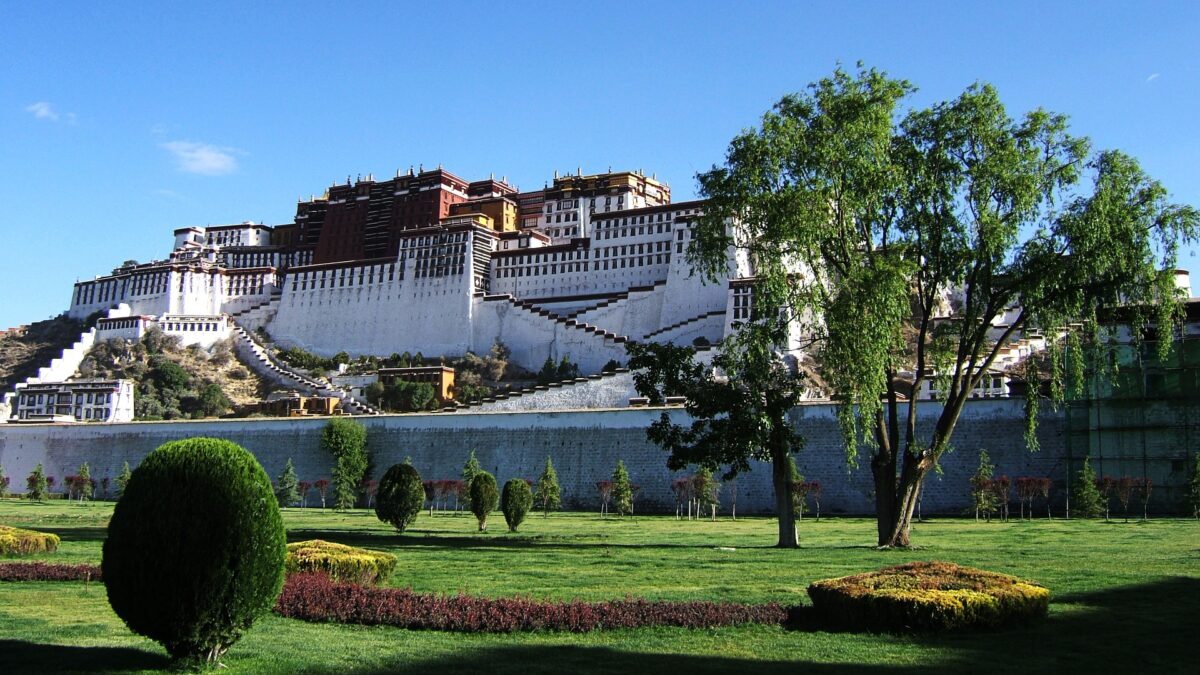Dance
Manjusri
Manjusri, ‘Gentle Glory’, is considered by Nepalis and Tibetans to be the divine god of wisdom and a bodhisattva. A powerful and highly skilled warrior, he is also the legendary founder of the Kathmandu Valley.
The dance highlights Manjusri’s physical and spiritual attributes through measured and stylistic moves, and forms part of the Vajrayana Buddhist charya tradition.
Wearing the crown of the five Tibetan Dhyani Buddhas—Vairocana, Akshobhya, Ratnasambhava, Amitabha, and Amoghasiddhi, Manjusri’s purpose is to bring man to a higher state of enlightenment by banishing ignorance and wrongful thinking.
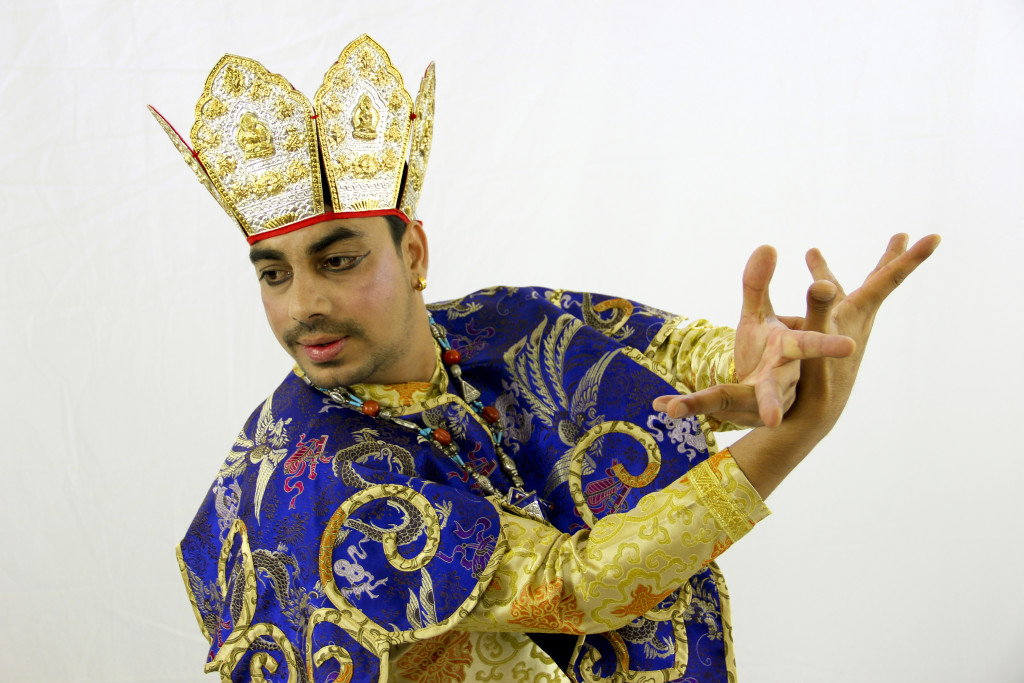
His mantra is om a ra pa ca na dhīh, and is used to improve memory, discernment of knowledge, writing and debating skills.
The dance is performed in Tibet and Nepal by experienced and highly trained artists.
The following is a list of the most well-known sacred Buddhist dances:
- Charya: Vajrayana practice-dancer mirrors the deity
- Manjusri: Vajrayana
- Vajrayogini: Vajrayana
- Pancha Buddha: Ritual dance of the Shakyas
- Rakta Ganesh: Protective deity
- Arya Tara: Goddess who protects suffering beings
Vajrayogini Dance
The Vajrayogini is a supreme deity of the Tantric pantheon and is considered to be a superior being in both her metaphysical and practical stages, representing the embodiment of a fierce, enlightened, wild, and tempestuous female dakini, who is the essence of all Buddhas.
She is considered to be a tantric Buddhist meditational entity and is portrayed with a garland of skulls, drinking blood from a kapala (skull), and holding a curved flaying knife called a driguk.
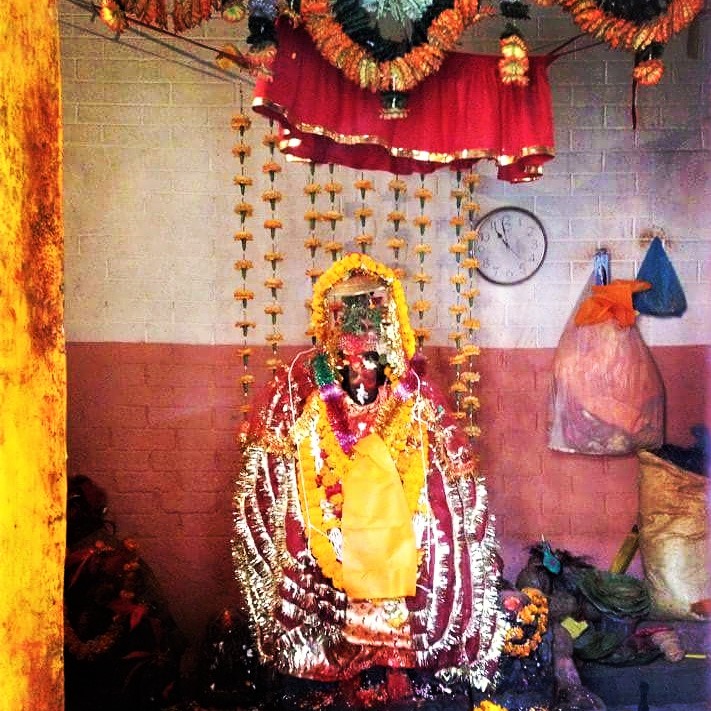
Photo: Cordula Sturm Dahal
Young and desirous, with a third eye set vertically on her forehead, she stands naked in a sensual pose, her red body burning with tummo or an “inner fire”, and her untamed hair flowing down her back.
Her two arms symbolize the realization of the Two Truths while her three eyes endow her with the ability to see past, present, and future. She cuts through delusions and obstacles with her knife and expresses her experience of bliss by drinking copiously from her skull cup.
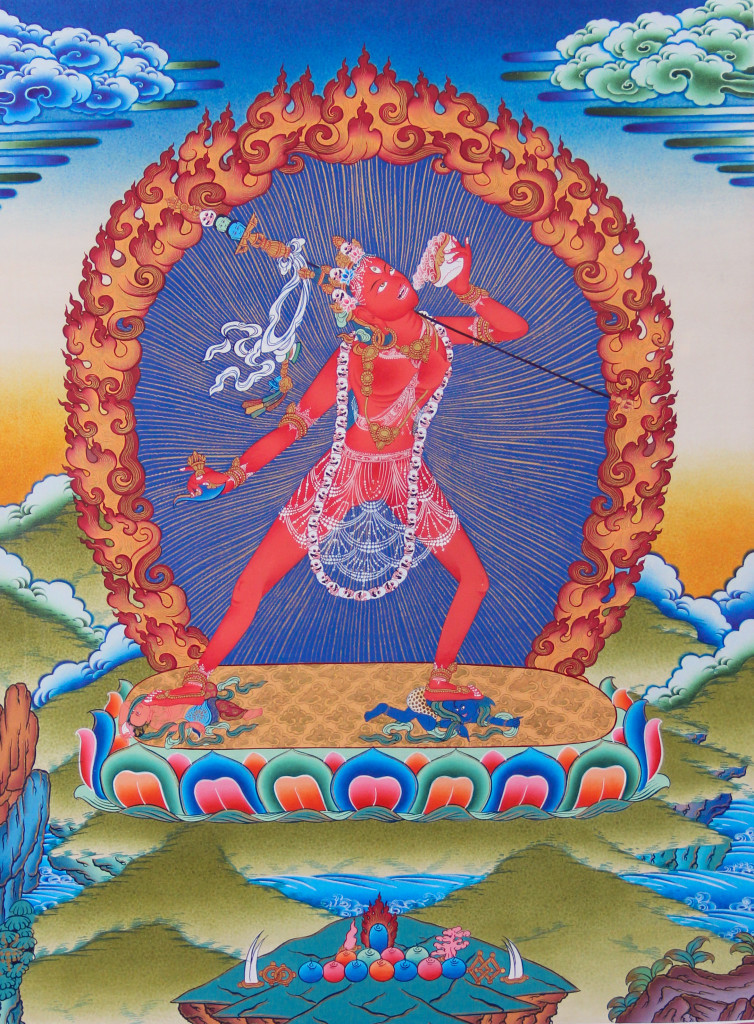
The Vajrayogini is an extremely difficult dance to master, with expressive poses that tell the story of her attributes and divine qualities. Every movement refers back to the Sanskrit verse which poetically describes both her gentler and more aggressive natures.
The dance also contains visual references to the ashtamangala, or eight auspicious Buddhist symbols, particularly the conch shell as it spirals down from its largest aperture to the point of origin. A dancer requires great balance and finesse to achieve this smooth gliding swirl between stanzas in the music.
Music
